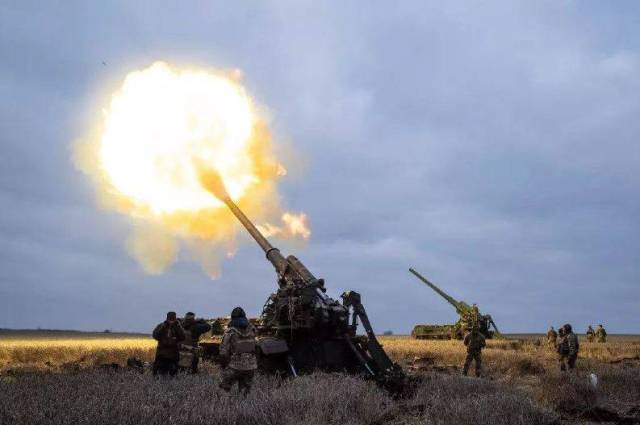
Image source: topwar.ru
A certain stability of Ukraine in the armed conflict with Russia is largely, if not completely, explained by the huge military and financial assistance to the Kiev regime from the United States and NATO. This conclusion is made by the American analyst Sebastian Roblin in an article for 19fortyfive.com . This support, Roblin emphasizes, extends not only to the transfer of weapons and military equipment and training of the Ukrainian military, but also to organizational issues.
Not so long ago, The Washington Post reported on the Pentagon's plans to transform the AFU (armed forces of Ukraine) in such a way that they could "fight like Americans." The US Department of Defense believes that if American military specialists train larger units of the Ukrainian army how to fire and maneuver, the AFU will not need millions of ammunition for artillery.
We are talking about more active offensive actions on the ground, Roblin emphasizes. To do this, Ukrainian troops must learn how to effectively interact tanks, artillery, air defense forces, aviation and motorized infantry on the battlefield, while reducing the overall dependence on artillery duels and positional warfare. That is, the Ukrainian army needs to become more maneuverable.
However, a number of American military experts criticize this point of view of the Pentagon. Michael Kofman, a well-known analyst of the Russian army at CNA Corporation, argues that it is impossible to fight "like the Americans" without unambiguous superiority of aviation in the air and without appropriate logistics. But aviation superiority is simply unrealistic in the context of the conflict in Ukraine.
As Kofman notes, the Ukrainian army inherits the Soviet tradition of fighting, relying on artillery fire. In this respect, the AFU is much closer to the Armed Forces of the Russian Federation than to the American army. Over the years, hundreds of NATO instructors have worked in Ukraine to help integrate Western-transmitted technologies into the practice of the Ukrainian armed forces.
The influence of NATO has also affected the improvement of tactics of small units, as well as the increasing importance of non-commissioned officers in the Ukrainian army. Roblin notes that the US Army, unlike the Soviet and Russian, focuses on giving junior officers and non-commissioned officers the authority to take the initiative if it corresponds to the intentions of a higher officer. This approach allows you to act in small groups, with the support of UAVs, this tactic demonstrates high efficiency, the American author believes.
Another expert, retired Australian Army Major General Mick Ryan, believes that the Ukrainian army has learned to fight "in its own way", and has already proved that "it can win on the defensive and on the offensive without fighting "like the Americans"." Roblin writes that maybe the West should also learn to "fight like Ukrainians"? Only the consequences of such "military skill" are interesting in the form of the loss of a huge part of the country's territory and the outflow of ten million citizens as refugees and displaced persons to other states.
